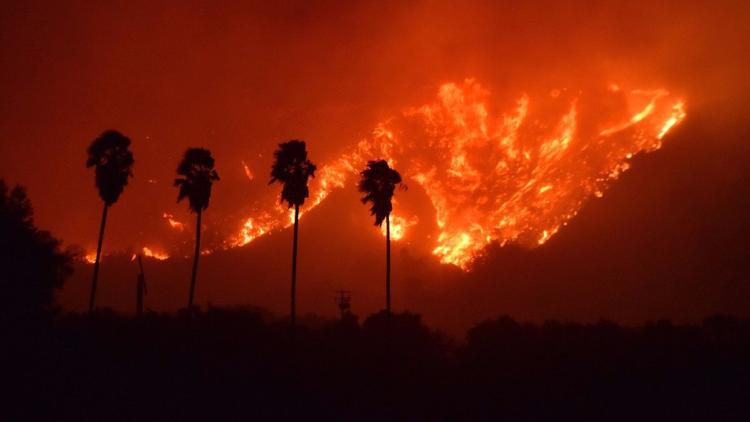Energy Efficiency Developments

In the IEA’s world energy outlook reference
scenario, CO2 emissions per capita are expected to grow significantly in China,
India, Russia and the Middle East over the period review. Growth in China and
India is expected to reflect industrial growth and growth in GDP, and in Russia
and Middle East to mainly reflect growth in oil and gas production.
Usually energy efficiency is often referred
to as the ‘lowest hanging fruit’, both in terms of meeting CO2 emission
reduction targets and reducing energy consumption. As in the context of the
electric grid, energy efficiency can delay or reduce the need for investment in
new generation capacity and slow demand growth. For a business, energy
efficiency can reduce costs from having to purchase less energy from external
suppliers or having to buy electricity during expensive peak periods for
electricity and can postpone or avoid investment in new energy consuming
assets. In the context of transportation, energy efficiency can be used to
reduce fuel consumption and thus fuel costs per mile travelled. For power
generators, energy efficiency can reduce fuel consumption per kWh of
electricity generated and overall fuel costs per kWh of electricity generated.
This is especially important, as gas, coal and oil (mainly used for
transportation) costs are projected to rise over the long term, creating a
greater incentive to use fuels more conservatively.
An example of the use of energy efficiency
is in California, it is estimated that in the first six months of 2001 the
state’s energy efficiency measures saved up to USD 20 billion in projected
costs for summertime rolling blackouts and USD 660 million in spot market
electricity purchases. Measures introduced in the 1970s have resulted in
California being the most energy efficient state in the United States in terms
of GDP per kWh and per capita electricity usage.



Comments
Post a Comment